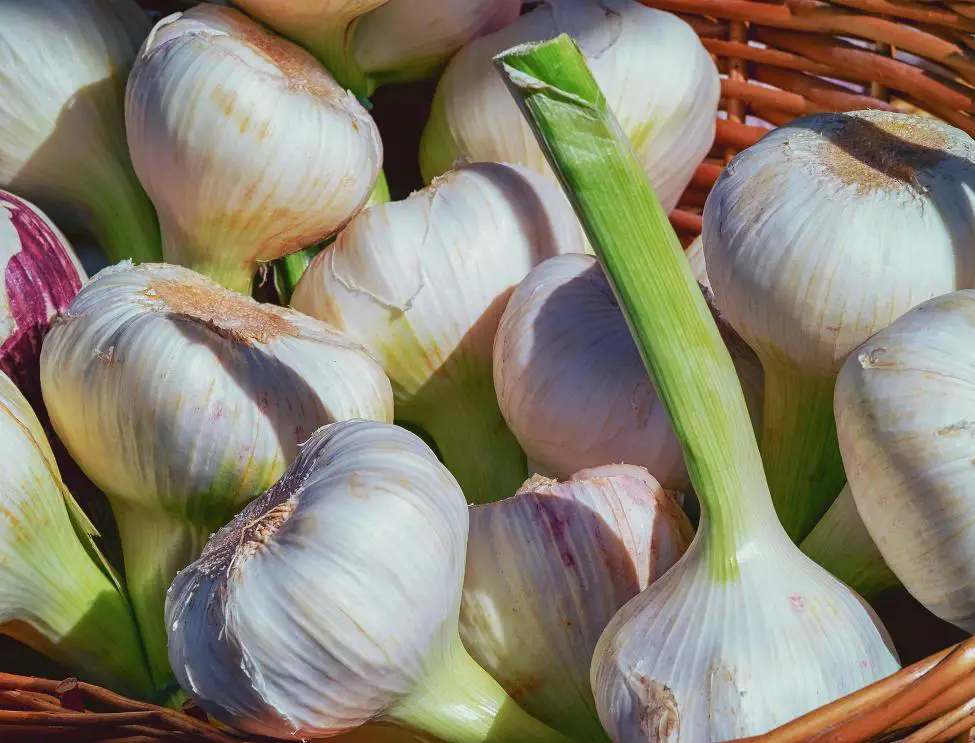Surprisingly easy to grow, garlic is an indispensable cooking ingredient. It has been used throughout recorded history for medicinal purposes as well as in cooking and is reported to be a powerful natural antibiotic and antioxidant.
Garlic comes in a diverse range of flavours, from hot and almost peppery to spicy and pungent, sweet and nutty, mild and aromatic, and combinations of all of these. Colours also vary from white, cream and pink to red and purple.
The pungent flavour of garlic comes from a chemical reaction that occurs when the plant cells rupture. That is why whole garlic is not smelly, but minced garlic can make your eyes water. Garlic flowers, called garlic scapes, are edible. They usually appear in springtime as curled-up stems with a swollen end (that will open to become a flower). The scapes are especially good when pickled.
Steps to regrow garlic
Find a good spot to regrow your garlic
Garlic grows well in a bright, sunny location. It is very responsive to the conditions it is grown in, being affected by soil type, temperature, moisture, humidity latitude (which determines day length), altitude and cultural practices.
Prepare your garlic plant
Garlic that has started sprouting will not be as flavourful, so regrow instead! Separate the cloves of garlic into individual cloves. There is no need to peel them.
You will need potting soil and a container. Fill the container with potting soil or, if you’re planting garlic outside, cultivate the soil so it is nice and loose.
Plant your garlic
Garlic benefits from well-drained, rich and moisture-retentive soil. Don’t plant in freshly manured soil as this can cause the plant to rot.
Garlic grown inside will not get big enough to produce bulbs, so you’ll eat the leaves. If you want to grow garlic heads to dry and save, you need to plant outside at some point.
Birds have a habit of digging up newly planted cloves, so check regularly for the first few weeks and push any disturbed cloves back into the soil.
Harvesting and use
Harvest when the stems have turned to yellow and have bent over. Loosen the soil gently with a fork. Dry the bulbs out in the sun on wire mesh or netting. They must be kept dry, so bring them inside if it rains.
If you’re growing your garlic inside, snip off the leaves for use during cooking. They’ll have a different flavour than garlic cloves and can be used like green onions. Snip as needed, and compost the bulb once it stops producing.
If you’re growing them outside, let the plants grow roots, and watch for new shoots in the spring. When the scapes, or flower stems, start to appear, snap them off and eat them. That way the plants will put more energy into growing big, juicy garlic bulbs.
Keep some of the bulbs back for planting the following year.
With your regrown garlic, you can now prepare lots of different dishes to enjoy with your loved ones. Nothing beats the flavour of home-grown food.

